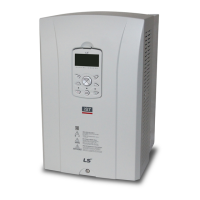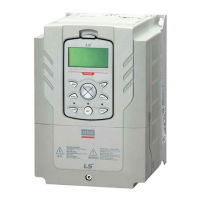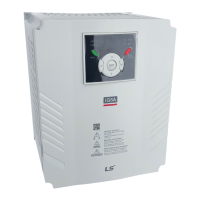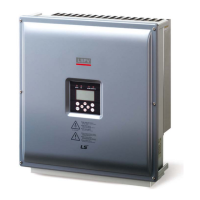Turn off the inverter before replacing the fan. There is a possibility of an electric shock due to
the charge voltage. Wait until the inverter is fully discharged to replace the fan. (The time to
discharge varies per capacity, in average 1~3 minutes after turning off the inverter).
Make sure the fan wire and connect is not touching the blades. If touched it leads to
malfunction of the inverter. Make sure the inverter is completely turned off before cleaning.
After replacing the fan, assemble the fan. Before using the inverter, turn on the inverter and
check the condition of the fan by its motion.
Be careful of the direction of the fan.
Storage and Disposal 3.2
Storage 3.2.1
Store the products in the following conditions listed below (if not used for a long period of time).
Store the product in the same appropriate environmental conditions as in operation.
If the product will be stored more than 3 months, keep the ambient temperature between -
10℃~30℃ to prevent degradation of the electrolytic capacitor.
The products should not be exposed to snow, rain, fog and dust.
When packing the inverter, include a dehumidifier (e.g. silica gel) to keep the ambient
temperature inside the package below 70% and prevent in contact with moisture.
If the products will be left in a humid or dusty environment (construction sites or control panel)
separate the products in a location that has the same appropriate environmental conditions as
in operation.
Disposal 3.2.2
Categorize the inverters as general industrial waste when disposing the product. Note that there
are recyclable raw materials in the product, such as packing materials and metalwork. For the sake
of conservation of energy and resources, recycle whenever possible. Depending on the country,
plastic may be recyclable. Please check the local environmental regulations for more details.
Capacitors lose their charging characteristics if not operated for a long time. In order to prevent
this from happening, turn on the product and allow the device to operate for 30~60 minutes once
a year. Note that operation should be conducted under no-load conditions.
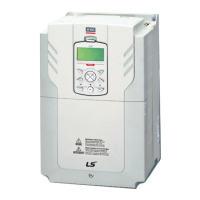
